
- •Abstract
- •1. Introduction
- •1.1. Background
- •1.2. Problem and research questions
- •1.3. Aim and Limitation
- •1.4. Outline of thesis
- •1.5. Abbreviation and definition
- •Irr Internal Rate of Return
- •2. Method
- •2.1. Approach
- •2.2. Data collection method
- •2.3. Primary data
- •2.4. Secondary data
- •2.5. Data processing
- •2.6. Validity, reliability and generalization
- •3. Theories
- •3.1. Principal-Agent Problems
- •3.2. Wacc and opportunity cost of capital
- •3.3. Capm and apt
- •3.4. Estimating β
- •3.4.1. Operating leverage and β
- •3.5. The risk and discount rates for international projects
- •3.6. Purposes of performance measurement
- •3.6.1. Eva, Book roi, and ep
- •3.7. Working capital, depreciation and tax
- •4. Own research
- •4.1. Review of pharmaceutical market in Russia
- •3.1.1. Russian companies and them place in market
- •3.1.2. Pharmaceutical company “Zdorovie Ludi”
- •3.2. Research strategy (Roadmap of decision)
- •3.3. International and European contracts
- •3.4. National contracting in a global economy
- •3.5. National contract low and human rights
- •3.6. (Step 1) Juristic analyses and common mistakes of the contract
- •3.6.1. The formation and scope of a contract:
- •3.6.2. The content of a contract:
- •3.6.3. Policing a contract:
- •3.6.4. Performance, discharge and breach of the contract:
- •3.7. (Step 2) Controlling of strategy and consideration the contract as investment project
- •3.8. Transformation the contract to the invest project
- •Risk of delivery (for buyer)
- •Techniques of payment (risk for buyer)
- •3.9. (Step3) Forecast of outflow and inflow
- •3.10. (Step 4) Determination the risk and discount rate
- •3.10.1. Country risk analysis
- •3.11. Commercial counterparty risk analysis
- •3.12. (Step 5) Procedure of estimation and comparison of the contract
- •3.13. Book Rate of Return (Advantages and disadvantages)
- •3.14. Payback Period and Discounted-Payback Period (Advantages and disadvantages)
- •3.15. Internal (or discounted-cash-flow) rate of return (irr) and mirr (Advantages and disadvantages)
- •3.15.1. Lending or borrowing position
- •3.15.2. Multiple rates of returns
- •3.15.3. Mutually exclusive projects
- •3.16. The cost of capital for near-term and distant cash flows
- •3.17. Profitability Index (pi, advantages and disadvantages)
- •3.18. Net Present Value (npv, advantages and disadvantages)
- •3.18.1 Calculate npv with glance of inflation
- •3.18.2 Calculating npv in other countries and currencies
- •3.19. (Step 6) Performance and agency problems
- •4. Results
- •4.1. Simulation model analysis and calculation
- •4.2.1. Wacc as discount rate
- •4.2.2. Manager’s working capital use penalty points
- •4.2.3. Risk-Adjusted Discount Rate (radr) and ceq
- •4.3. Summary of Simulation model analysis
- •4.4. Scenario analysis and calculation
- •4.4.1. Discount rates that based on wacc
- •4.4.2. Discount rates that based on radr
- •4.5. Summary of scenario analysis
- •4.6. Final analysis and Decision Card (Step 7)
- •Decision Card
- •4.7. What could be improved and suggestion for future research.
- •Conclusion
- •References
- •Appendix 1 – 7 (Simulation Model and Scenario analysis calculation) (Excel) Appendix 1 (Excel)
- •Appendix 2 (Excel)
- •Appendix 3 (Excel)
- •Appendix 4 (Excel)
- •Appendix 5 (Excel)
- •Appendix 6 (Excel)
- •Appendix 7 (Excel)
- •Appendix 8 (Interview questions and structure of survey) part 1
- •A) Survey for managers
- •B) Survey for specialist
- •Part 2 Survey of experts
- •Part 3 Results and Conclusion a) Survey for managers
- •Conclusion
- •B) Survey for specialist
- •Conclusion
- •C) Survey of experts
Part 3 Results and Conclusion a) Survey for managers
Respondents are the junior and senior management of finance, accounting, cost accounting, and across-border operations departments of pharmaceutical sector.
Quantity of respondent are 37 persons(direct questioning face to face), respondent from e-mail questioning is 54 persons, respondent from special created group in Russian social set in Internet “vkontacte” 150 persons. The 1 to 17are indicator number (see the interview questions p.76a). The 1 is low level of using the 6 is high.
1 |
2 |
3 |
4 |
5 |
6 |
7 |
8 |
9 |
10 |
11 |
12 |
13 |
14 |
15 |
16 |
17 |
6 |
0.5 |
6 |
0.5 |
3 |
2 |
6 |
6 |
3 |
3 |
2 |
1 |
2 |
1 |
2 |
1 |
1 |
Conclusion
The results are to show that main part of middle management use the indicators that not distinguish the time value of project they don’t use the forecasts cash flow and mainly use the accounting information.
B) Survey for specialist
Respondent are senior and top management of finance, invest, accounting, cost accounting and across-border operations departments of pharmaceutical sector.
Quantity of respondents is 25 person (direct questioning face to face), respondent from e-mail questioning 35 persons. The 1 to 17are indicator number (see the interview questions p.77b). The 1 is low level of using the 6 is high.
1 |
2 |
3 |
4 |
5 |
6 |
7 |
8 |
9 |
10 |
11 |
12 |
13 |
14 |
15 |
16 |
17 |
6 |
3 |
4 |
3 |
4 |
4 |
6 |
6 |
3.5 |
6 |
2 |
2 |
4 |
2.5 |
4 |
1 |
1 |
Conclusion
The same situation with senior and top management, but this group has the high level of business education and these results to show high level to use DCF method and information that use the forecasted cash flow. Difficult to say about same performance pyramid of indicator and main decision is made on accounting dares.
C) Survey of experts
Respondent are senior and top management of pharmaceutical company “Zdorovie Ludi”.
Quantity of respondent is 25 persons.
a) Estimation of probability the WACC of the company
Expert’s estimation Optimistic is 0.1226; Most Probable is 0.1338, and Pessimistic is 0.1499
b) Estimation of probability of discount rate which base on MIBOR as risk-free rate in RADR method.
Expert’s estimation Optimistic is 25.275; Most Probable is 25.9880, and Pessimistic is 26.4999
c) Estimation of probability of discount rate which base on WACC as risk-free rate in
RADR method.
Expert’s estimation Optimistic is 23.5171; Most Probable is 24.4988, and Pessimistic is 24.4988
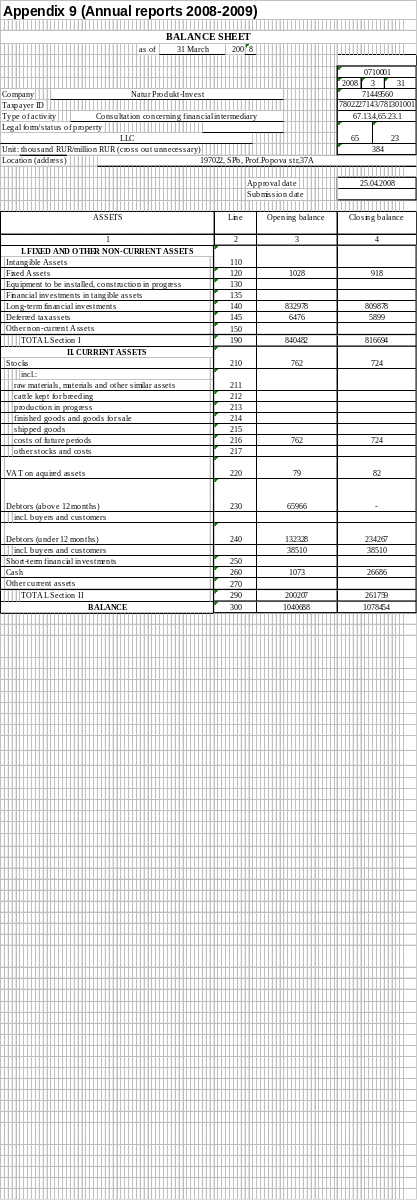
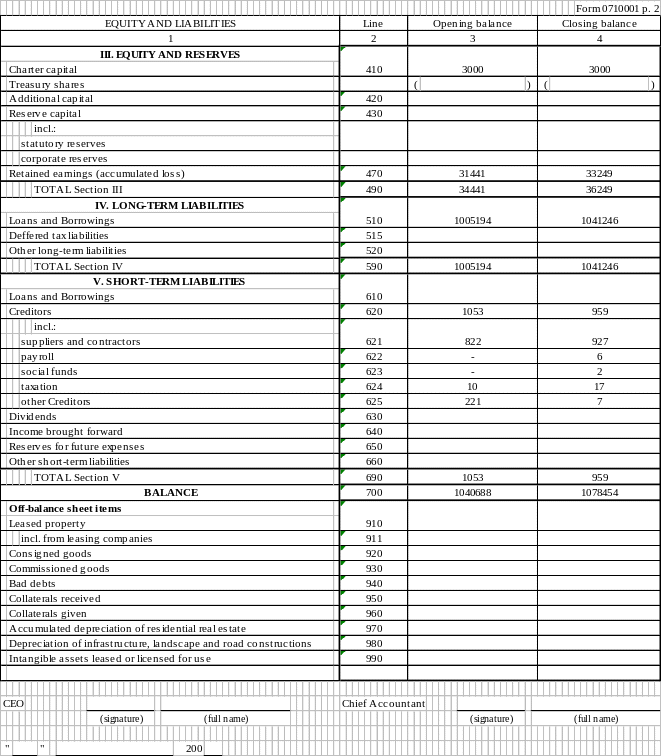
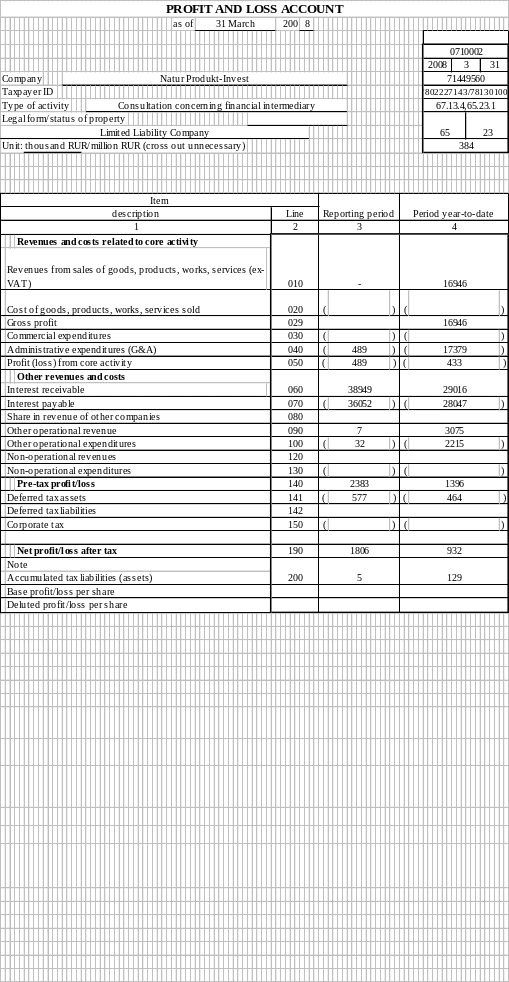




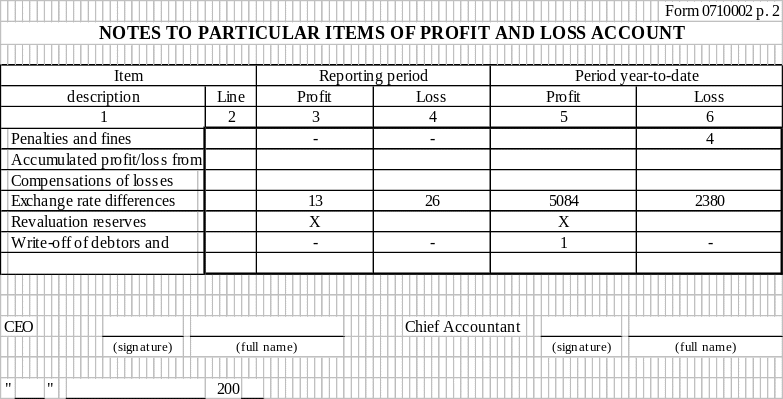

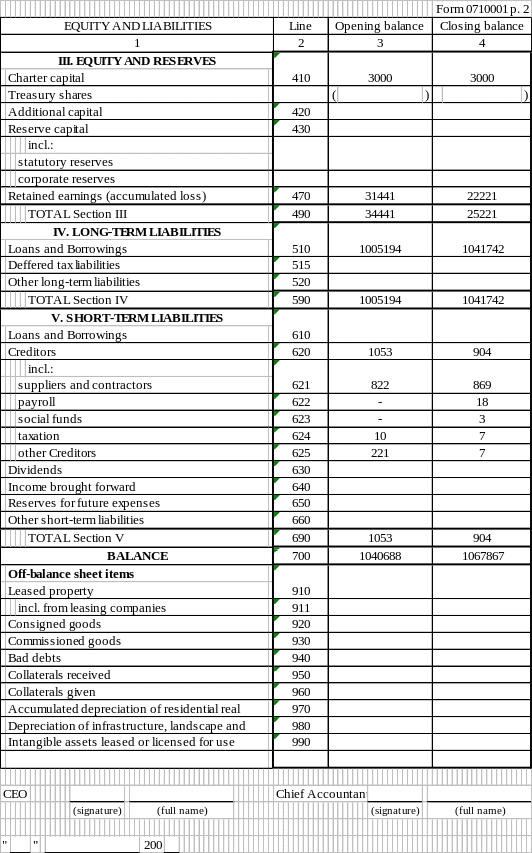
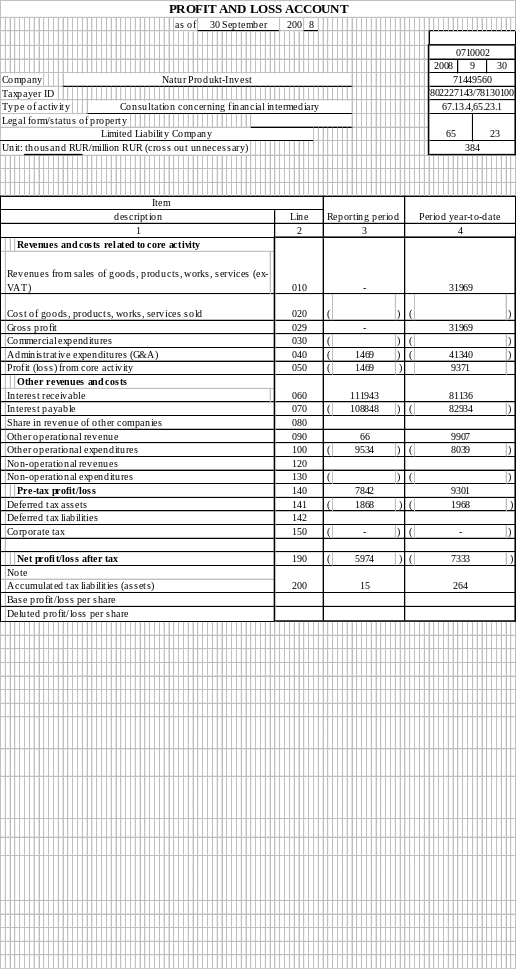
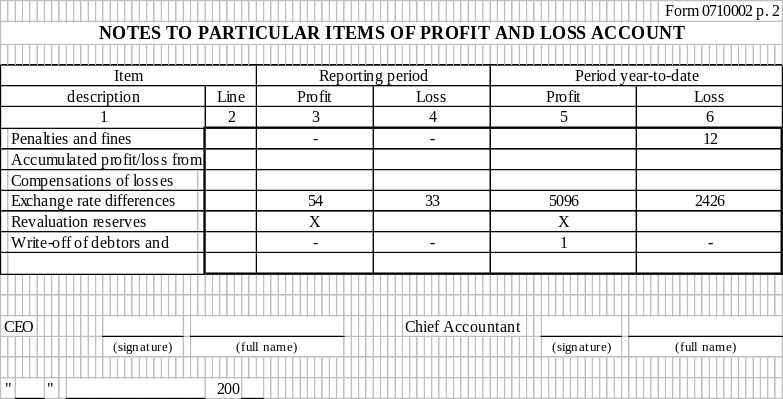




1 Adolf A.Berle, Gardiner C.Means, with a new introduction by Murray L. Weidenbaun & Mark Jensen, “ The Modern Corporation and Private Property”, Ninth printing 2007, Originally published in 1932 by Harcout, Brace & World, Inc..
2 Richard A. Berkley, London Business School, Stewart C. Myers, Massachusetts Institute of Technology, Franklin Allen, University of Pennsylvania, “Corporate Finance” Eighth Edition 2006, McGraw-Hill Irwin, pp.461.
3 William F. Sharpe, Stanford University, Gordon J. Alexander, University of Minnesota, Jeffery V. Bailey, Richards&Tierney Inc., “Investments” Fifth Edition, Prentince Hall International, Inc.,1995,pp.258, 277,325,906.
4 Tom Copeland, Tim Koller, Jack Murrin, “Valuation Measuring&Managing TheValue of companies”, Third Edition, McKinsey&Company, Inc., 2000, pp.256.
5 William F. Sharpe, Stanford University, Gordon J. Alexander, University of Minnesota, Jeffery V. Bailey, “Investment” Fifth Edition, 1995 Prentice Hall, Inc., pp.212,509.
6 Edited by Andy Neely, “business Performance Measurement Unifying Theories and Integrating Practice” Second Edition, Cambridge University Press 2007, pp.14.
7 Richard A. Brealey, London Business School, Stewart C. Myers, Massachusetts Institute of Technology, Franklin Allen, University of Pennsylvania, “Corporate Finance” Eighth Edition, McGraw-Hill Irwin 2006, pp.310-318.
8 Richard A. Brealey, London Business School, Stewart C. Myers, Massachusetts Institute of technology, Franklin Allen, University of Pennsylvania, “Corporate Finance”, Eighth Edition, McGraw-Hill Irwin 2006, pp.121.
9 www.natur-produkt.ru.
10 Michael E. Porter,” Competitive advantage”, 1985, Introduction 1998, The Free Press.
11 Peter S. Pande, Robert P. Neuman, Roland R. Cavanagh, “The six sigma way”, McGraw-Hill, NY
12 www.econ.yale.edu/~shiller
13 George H. Hempel, Southern Methodist University, Donald G. Simonson, University of New Mexico, “Bank Management Text and Cases” Fifth Edition 1999, John Wiley&Sons, Inc.,pp.393,430,456,459.
14 Richard A. Brealey, Stewart C. Myers, Franklin Allen, “Corporate Finance”, Eighth Edition, McGraw-Hill International Edition, pp .88.
15 James C. Van Horne, Stanford University, John M. Vachowicz, Jr.,”Fundamentals of Financial Management”, Eleventh Edition, Prentice Hall, New Jersey, pp. 447.
16 Zvi Bodit, Boston University, Robert K. Merton, Harvard University, “Finance”, Prentice Hall, New Jersey 2000, pp.229.
17 James C. Van Horne, Stanford University, Joho M. Wachowicz, Jr., The University of Tennessee, “Fundamentals of Financial Management”, Prentice Hall Financial Times, An imprint of Pearson Education 2005, pp.37,91.
18 See the Appendix 1-7 Simulation Model and Scenario Analysis calculations.
19 James C. Van Horne, Stanford University, John M. Vachowicz. Jr., The University of Tennessee, “Fundamentals of Financial Management” Eleventh edition 2001, Prentice Hall, Inc., pp.552.
20 W.F. Sharpe, “The Capital Asset Pricing Model: A ‘Multi-Beta’ Interpretation”, in H. Levy and M. Sarnat (eds.), Financial Decision Making under Uncertainty (NY: Academic Press, 1977).
21 Richard A. Brealey, London Business School, Stewart C. Myers, Massachusetts Institute of Technology, Franklin Allaen, University of Pennsylvania , “ Corporate Finance” Eighth Edition, McGraw-Hill Irwin 2006, pp.228.
22 www.prim-tass.ru/currency/rates_interest_history, www.cbr.ru, www.nva.ru/nva/indicators
23 www.glodalfindata.com
